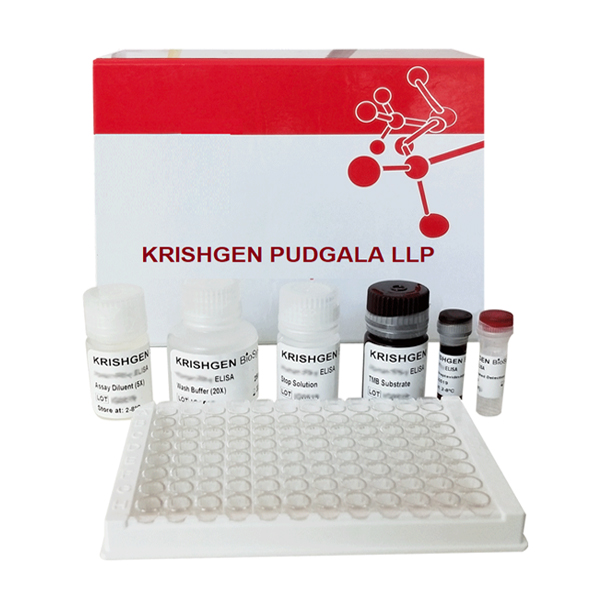Introduction:
Chikungunya disease is caused by chikungunya virus (CHIKV), a mosquito-borne alphavirus belonging to the
family Togaviridae. It is an enveloped, positive strand RNA virus, genome consisting of five structural proteins.
The two main competent vectors of CHIKV are considered to be Aedes aegypti and Aedes albopictus.
Transmission of virus occurs mainly through the bite of an infected Aedes (subgenus Stegomyia). The virus
replicates in the skin, in fibroblasts, and disseminates to the liver, muscle, joints, lymphoid tissue and brain in
the human body. The incubation period is 2?4 days and is followed by a sudden onset of clinical disease
with no prodromal phase. Symptoms of CHIKV infection include high fever, headache, photophobia and a
petechial rash or maculopapular rash. Also, maternal-fetal transmission can occur intrapartum, which results
in high rates of infant morbidity.
| Pack Size | ELISA 96 wells |
|---|




